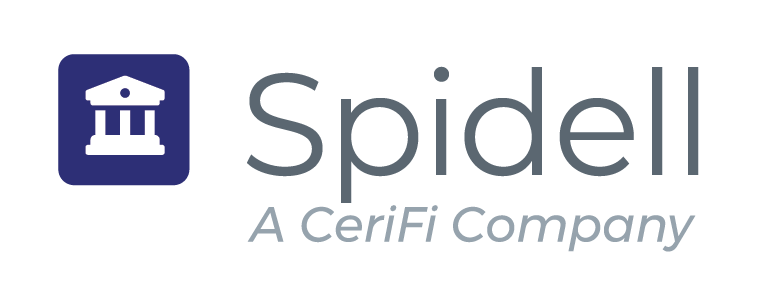I’ve decided to become an expert on cryptocurrency because it’s definitely here to stay.
First of all, the names can be amusing, and that gives me confidence in my investments: Crypto Fetch, Munch Token, Dogecoin, Potcoin, Garlicoin, just to name a few. Crypto Fetch reportedly has the potential to grow 20 times in 2023, so don’t wait much longer to invest. “Fetch.ai is an innovative blockchain platform that merges blockchain technology with artificial intelligence.”1 (Today’s trading value is $.03785 – oooo … up 12.36% … AI is really hot right now … go for it!*)
Munch Token is a decentralized and community-owned currency that is “biting back” on traditional investment models. “All Munch transactions are subject to a 10% transaction fee that is redistributed back to the community and charitable causes.”2 (Today’s trading value: $.000000001058 – eeek …down 1.72%. The maximum supply is 100,000,000,000,000, so it looks like there’s plenty available … no urgency on this one.)
Dogecoin was created as a fun alternative to Bitcoin. It’s legit, though, because you can buy a Tesla with it. (Today’s trading value: $0.076072 … this is considered an upswing, as it resumes a more “bullish” pattern.3 Despite the upswing, it would still take a lot of Dogecoin to buy the Tesla model I want.)
If you need to buy and sell your cannabis products anonymously, definitely invest in Potcoin, which brings marijuana businesses and consumers together in a decentralized, peer-to-peer platform.4 (Today’s trading value: $0.004515 … up 2.91% over the last 24 hours … it’s smokin’!)
Because I like to cook, my personal favorite is Garlicoin. It is marketed as “the deadbolt for door locks; it’s secure and protects you from crypto vampires.”5 (Today’s trading value: $0.010546 … that’s down from an all-time high of $0.713037. Now’s probably a good time to buy because it’s bound to go back up because who doesn’t like garlic, and it’s been around for over 5,000 years!)
Hope this helps with your investment decisions.
* The material contained in this article should not be relied upon as a basis for making any financial decisions. But if you do invest in one of these, let me know how that turns out.




